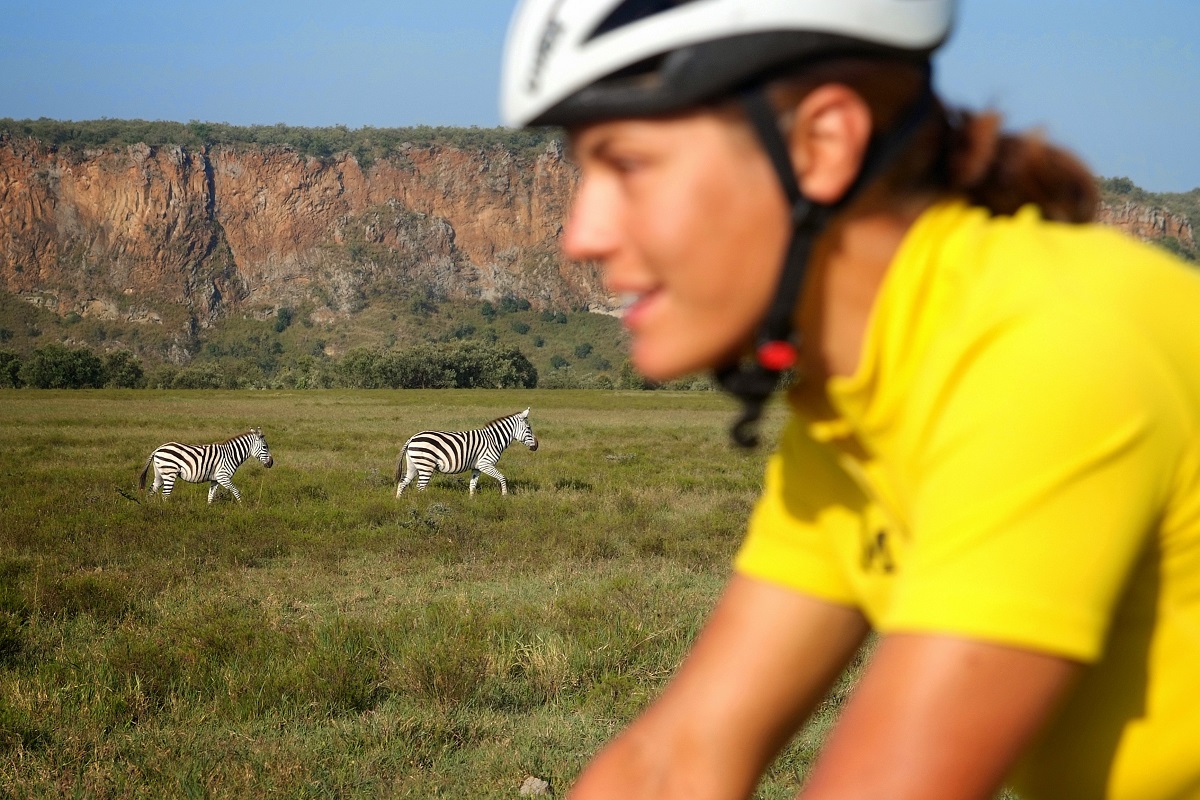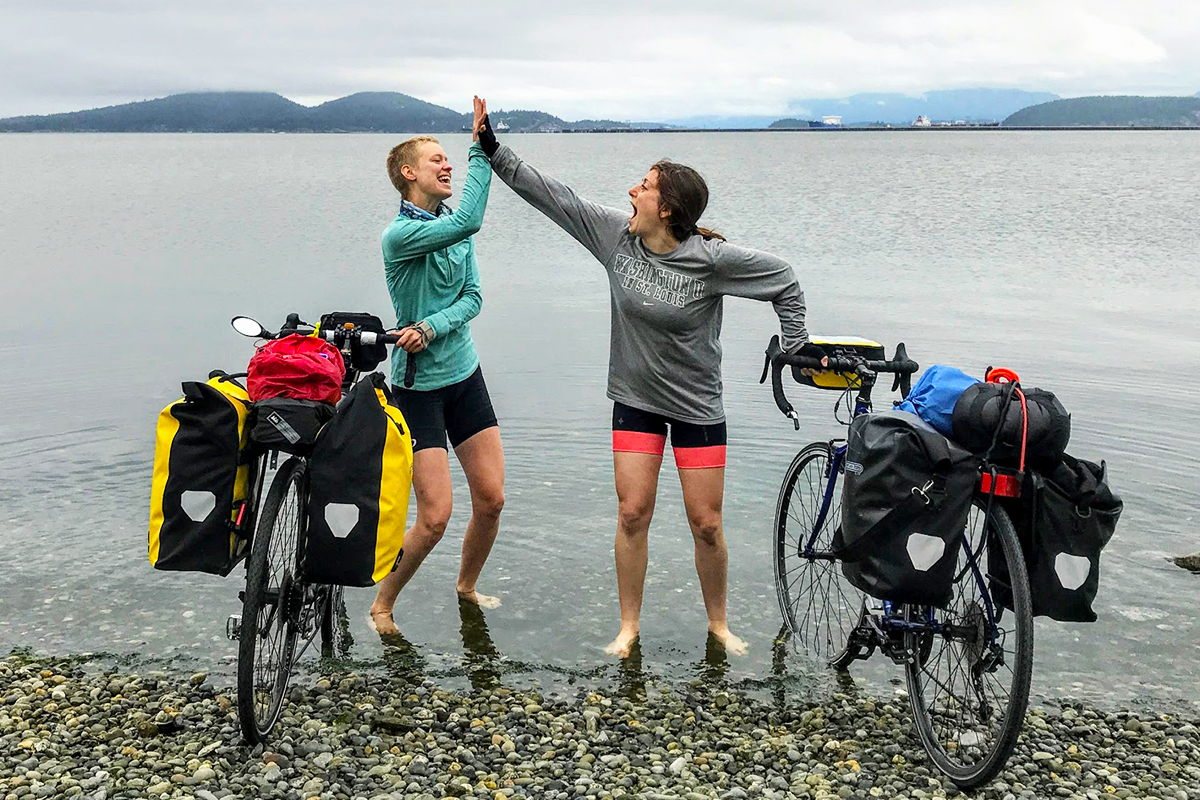Why Don’t More Women Bike Tour?
On my first bike tour, I pedaled eight hundred miles before encountering another female traveling by herself. By contrast, I met three men riding solo in the first few days.
As a young woman cycling alone across the country, I heard things like “You’re out here alone?” and “Aren’t you afraid?” on a daily basis.
Plenty of women pedal across the country every year, but it’s rare to see them alone. Women tend to cycle with their partners, their best friends, or with guided tour groups. It’s a rational decision: we’re taught to employ the “buddy system” from an early age, and there’s safety in numbers.
Studies have shown that female humans are more averse to taking risks than males. It’s a generalization, but it translates to the open road. In a frequently-cited article by the Scientific American, “How to Get More Bicyclists on the Road” (2009), women were called “the indicator species” of cycling. In other words, if you want to measure how bike-friendly a town or nation really is, just look at what percentage of the riders are female. In the USA, the number of cyclists who identify as female has risen since that article was published. But in our car-centric nation, cycling is still widely regarded as a dangerous, risky activity that’s better suited for warrior-types, aka men.
When I’m riding my bike, I’m at the mercy of the elements, the traffic, and my fellow humans.
Bicycling isn’t more dangerous than driving, though. Vehicle crashes and other traffic accidents occur with alarming regularity. If a road cyclist is wearing high-vis clothing, obeys traffic laws, and rides in well-lit areas, their risk level isn’t greater than being inside a car.
The difference is that one forces us to be exposed.
Many women already feel unsafe in the world. The average female isn’t looking for ways to increase her public exposure or her inherent vulnerability. At least in our cars we can lock the doors, lean back against the upholstery, and feel protected inside our own metal bubble. On a bike, there’s nowhere to hide. If some creep starts harassing us while we’re cycling, we can’t just roll up the windows and drive away.

But the rewards for bicycle touring are vast. As Ashtyn, a young woman who rode her bicycle across the country last summer, puts it, “It’s a pretty crazy feeling knowing there isn’t someone you can just call to come pick you up or take care of you — it’s also very freeing.” For many women, solo travel is the first time they’ve experienced this level of self-reliance.
The funny part is, with that independence comes a new kind of dependency. In my opinion, we can never truly bike tour alone. At least, I haven’t been able to. In the thousands of miles that I’ve ridden over the last seven years, the reason I’m still alive today is because of the kindness, caution, and compassion of human beings. Even while alone on the road, I find myself part of a larger community. Sometimes I need help. And sometimes, I offer it to others.
Cycling keeps me humble. When I’m riding my bike, I’m at the mercy of the elements, the traffic, and my fellow humans. That’s honestly why I love cycling: it feels real. There’s wind on my skin, sun in my eyes, or rain splashing on my shoes, and the sound of the world in my ears. To me, a car can feel like a sensory deprivation chamber. I get sleepy in vehicles. On my bike, I feel more alive.
For this very reason, some women have chosen to see the world by bicycle.
My advice to women who want to ride more: ride with your friends. Group rides will help you develop skills and confidence until you’re ready to ride on your own. It can be a scary world out there, but it’s also a fun one: full of mud puddles and rainbows and sights to see. Take it slow. Enjoy your surroundings. And most importantly, ride your bike. You’re the indicator species: a beacon of hope. A sign that things are getting better.


